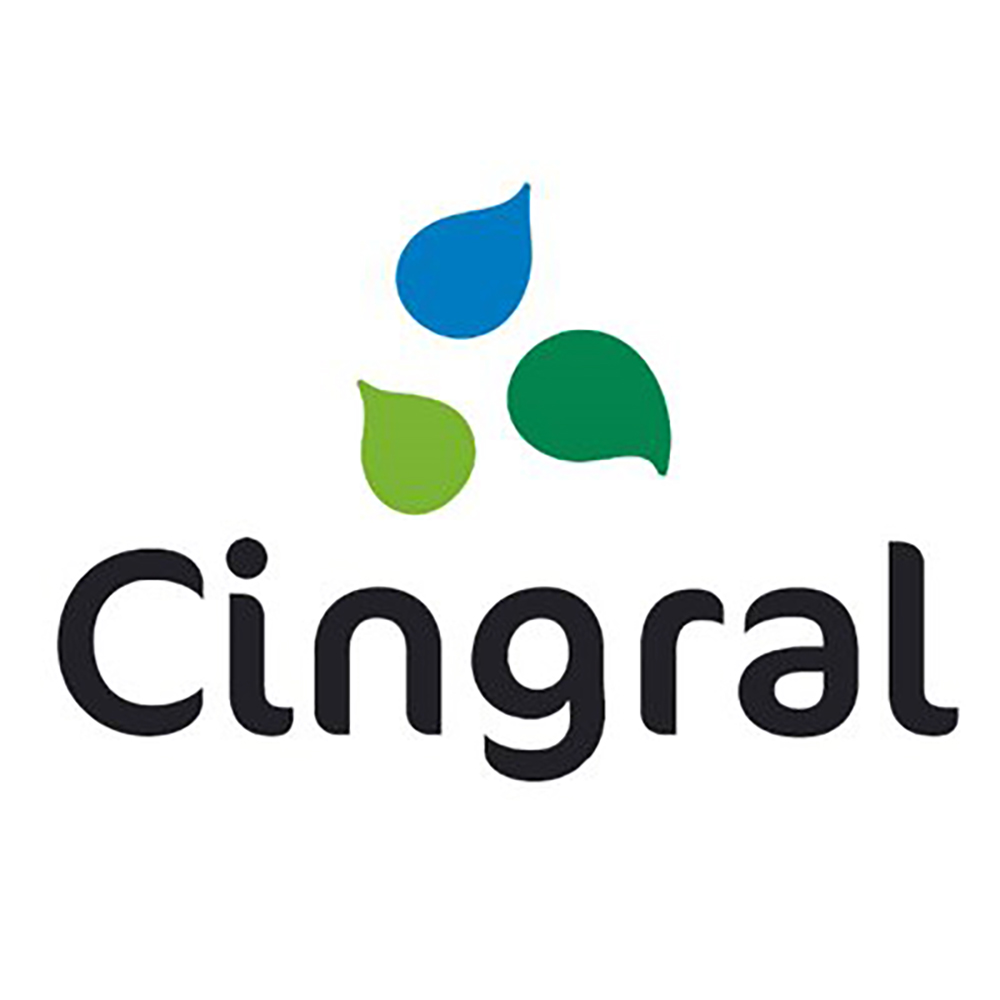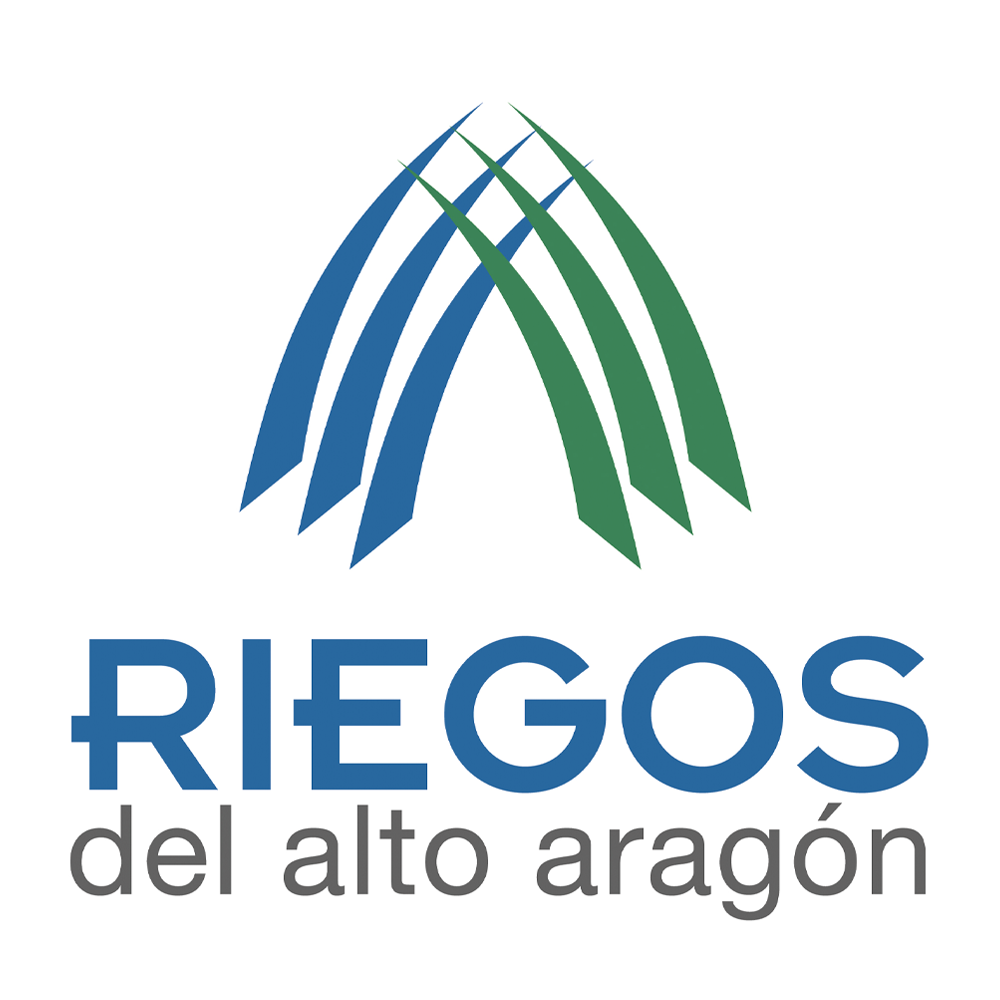The Partners.
Meet the CO2 Framed Partners
Universidad Politécnica de Madrid
https://www.upm.es/The Technical University of Madrid (UPM) is the largest technological university in Spain. With two recognitions as Campus of International Excellence, it stands out for its research activity and for the training of highly qualified and internationally competitive professionals.
The Solar Energy Institute is a research center of the UPM. It is an institution linked to R&D activity since the 1970s. It was founded by Prof. Antonio Luque, one of the most renowned figures in photovoltaic science in the world. It has been involved in the development of solar cells since 1974 and currently maintains a staff of more than 50 people, all of whom are involved in photovoltaic research.
The main areas of research are silicon cell technology, photovoltaic concentration, optics, photovoltaic systems and the most advanced and fundamental concepts. IES-UPM has extensive experience in the coordination of EC projects in various fields of photovoltaic research:
- 2nd FP (MONOCHESS)
- 3rd FP(PV-EYE, MONOCHESS II)
- 4th FP (SICOCELLS, HERCULES, EUCLIDES)
- 5th FP (MIBCELL, PVFIBRE, TWINGO, C-RATING, IDEOCONTE)
- 6th FP (FULLSPECTRUM)
- 7th FP (NACIR, NGCPV, IBPOWER, PVCROPS)
- Joule (JOR3-CT98-0275)
- H2020 (FET-AMADEUS, MASLOWATEN, SolaQua)

FENACORE
https://www.fenacore.orgThe National Federation of Irrigation Communities of Spain (FENACORE) is a non-profit and politically independent association, with more than half a century of existence, which brings together entities (irrigation communities, irrigation syndicates, etc.) dedicated to the administration of irrigation water, both surface and subway.
FENACORE has numerous federated entities, which represent 700,000 irrigators and practically two million hectares, that is to say, more than 80% of the national irrigation system. Irrigation Communities from all the Spanish provinces (including the Balearic and Canary Islands) are members of FENACORE, including the most important ones in the country, both for their size and their tradition.

Cingral
https://www.cingral.comCINGRAL is one of the leading consulting firms in Rural Development, Water and Environment. Since its foundation in 1985, CINGRAL has implemented hundreds of projects and studies for public and private institutions throughout Spain. With more than 25 years of experience, CINGRAL offers consulting and engineering solutions related to the irrigation and rural development sectors.
To this end, it has a wide range of experts covering a wide variety of related topics such as irrigation, agriculture, rural constructions, agri-food industries, drinking water supply, wastewater treatment, reuse, greenways, environment and the very important energy issues: the energy efficiency of all facilities and the application of the most appropriate alternative energies in each occasion.
CINGRAL's team is made up of young professionals with a very high degree of specialization. This specialization gives total independence in the design and drafting of projects and studies of each type of work.
CINGRAL's services include technical studies, master plans, analysis of alternatives, project design, environmental impact studies (EIA), Geographic Information Systems (GIS) and Construction Management.

QPV
https://www.qpv.es/QPV is a photovoltaic engineering and consulting company specialized in high value-added services aimed at maximizing the profitability of photovoltaic investments.
QPV accompanies photovoltaic projects throughout their life cycle, guaranteeing the quality of components, optimizing production and reducing uncertainty about their operation, thus minimizing risks and improving project financing conditions.

Riegos del Alto Aragón
http://riegosaltoaragon.es/Riegos del Alto Aragón is the largest irrigation system in Spain and in the European Union. The State, under the influence and pressure of the ideas and followers of Mr. Joaquín Costa, assumed the responsibility of its execution, by means of the approval of the law of January 7, 1915 of Riegos del Alto Aragón. This law authorized the Government "to carry out the Alto Aragon Irrigation works with the waters of the Gállego, Cinca, Sotón, Astón and Guatizalema rivers, to the extent necessary to irrigate the Sobrarbe, Somontano and Monegros areas". Since that year, the main water regulation, conduction and exploitation infrastructures have been built.
Riegos del Alto Aragón is thus an emblematic hydraulic and irrigation plan at national and international level. Originally conceived to transform 300,000 hectares into irrigated land, and legally protected by the Law of January 7, 1915 (the validity of which was explicitly declared by the Supreme Court after the approval of the Water Law of 1985). It has been technically adapted over time and at the present time, when more than 135,000 ha are already irrigated, a total irrigation area of more than 174,000 ha has been approved, to which must be added the 8,000 ha included (following the approval of the 1989 Hydrological Basin Plan as Riegos del Alto Aragón in Hoya de Huesca, and the social irrigation related to the system.
One hundred years of work, for a system that is still unfinished and faces important challenges. One of the main ones is to achieve adequate water availability to provide the irrigable area and other associated water uses with a satisfactory guarantee.
